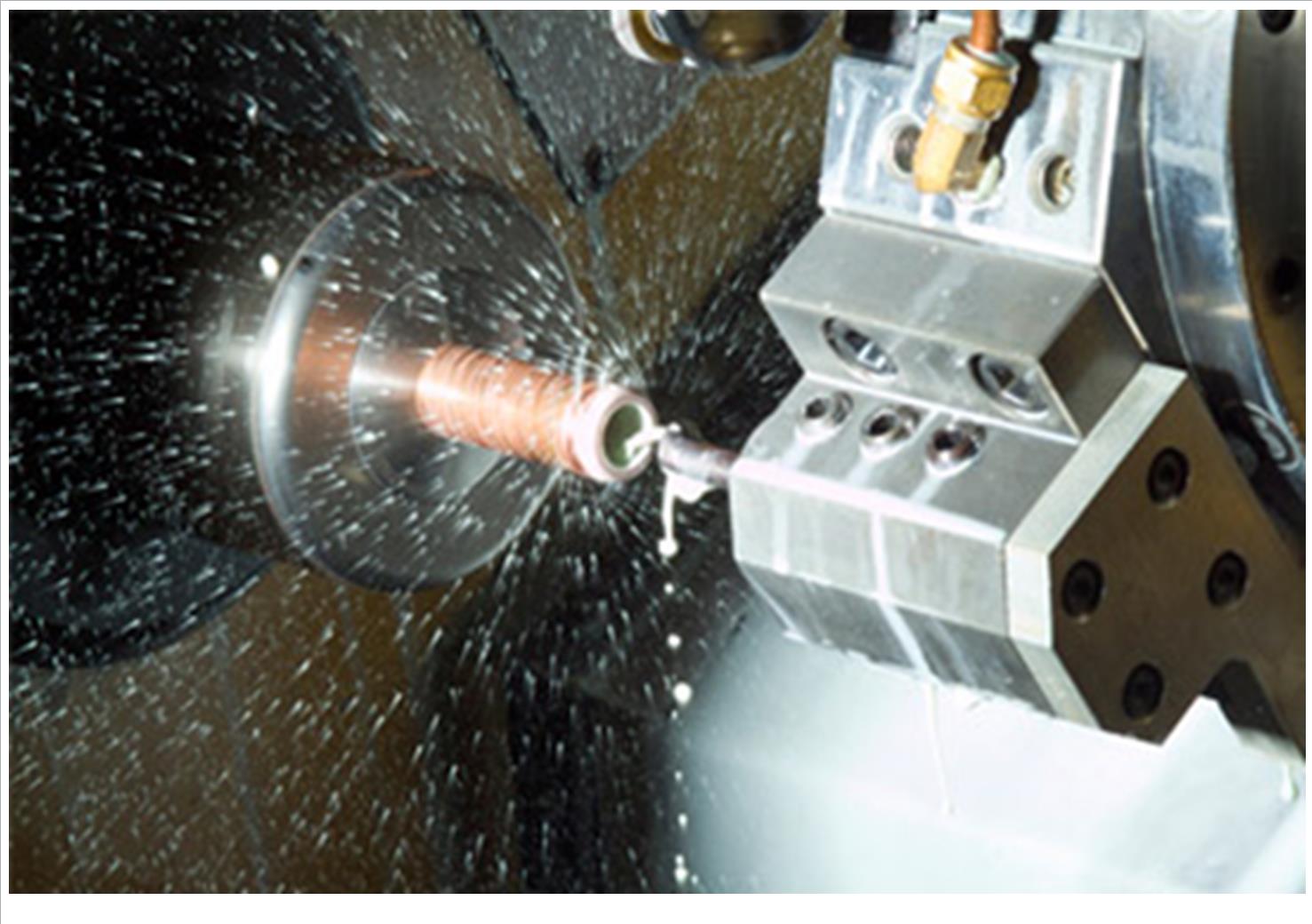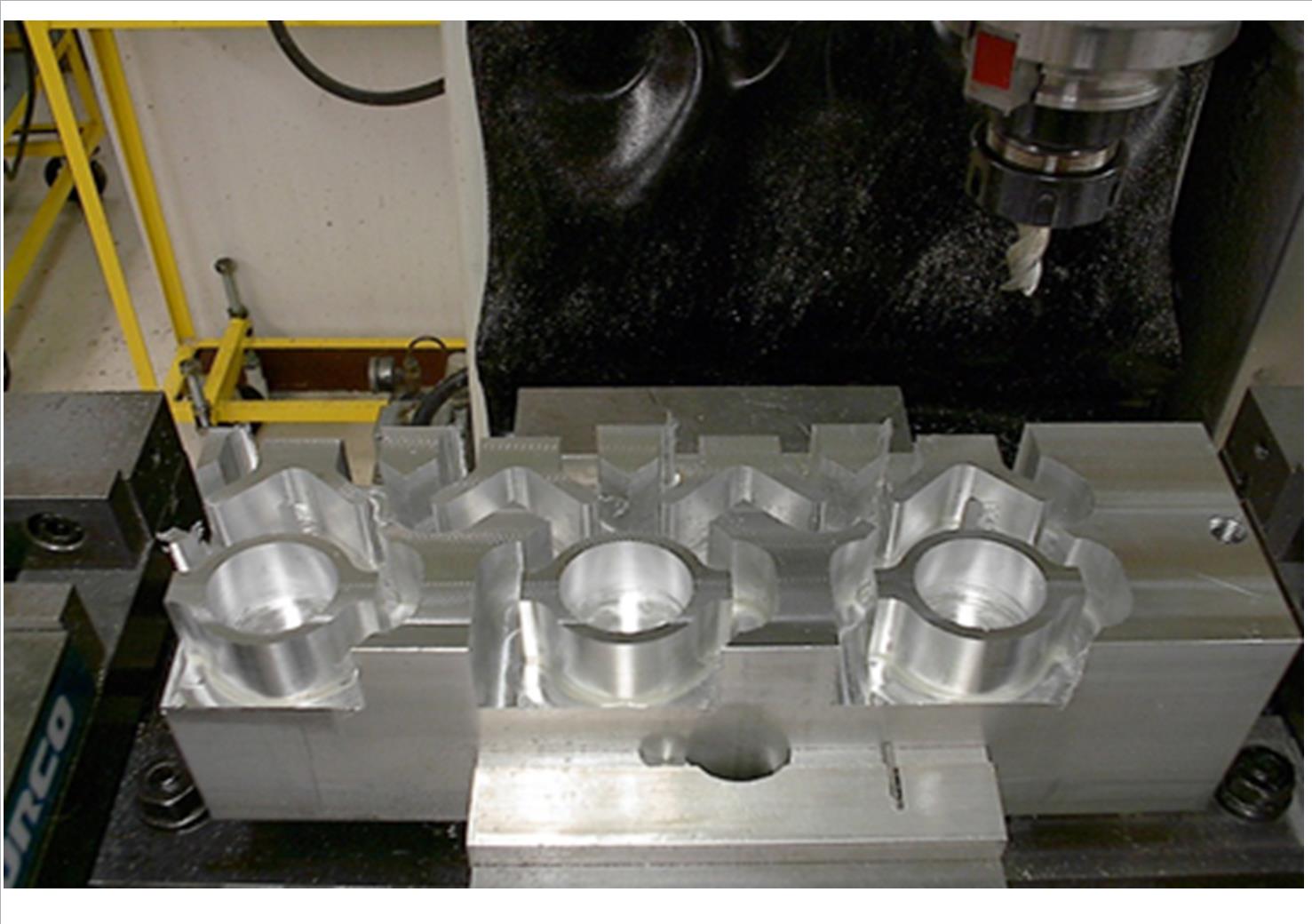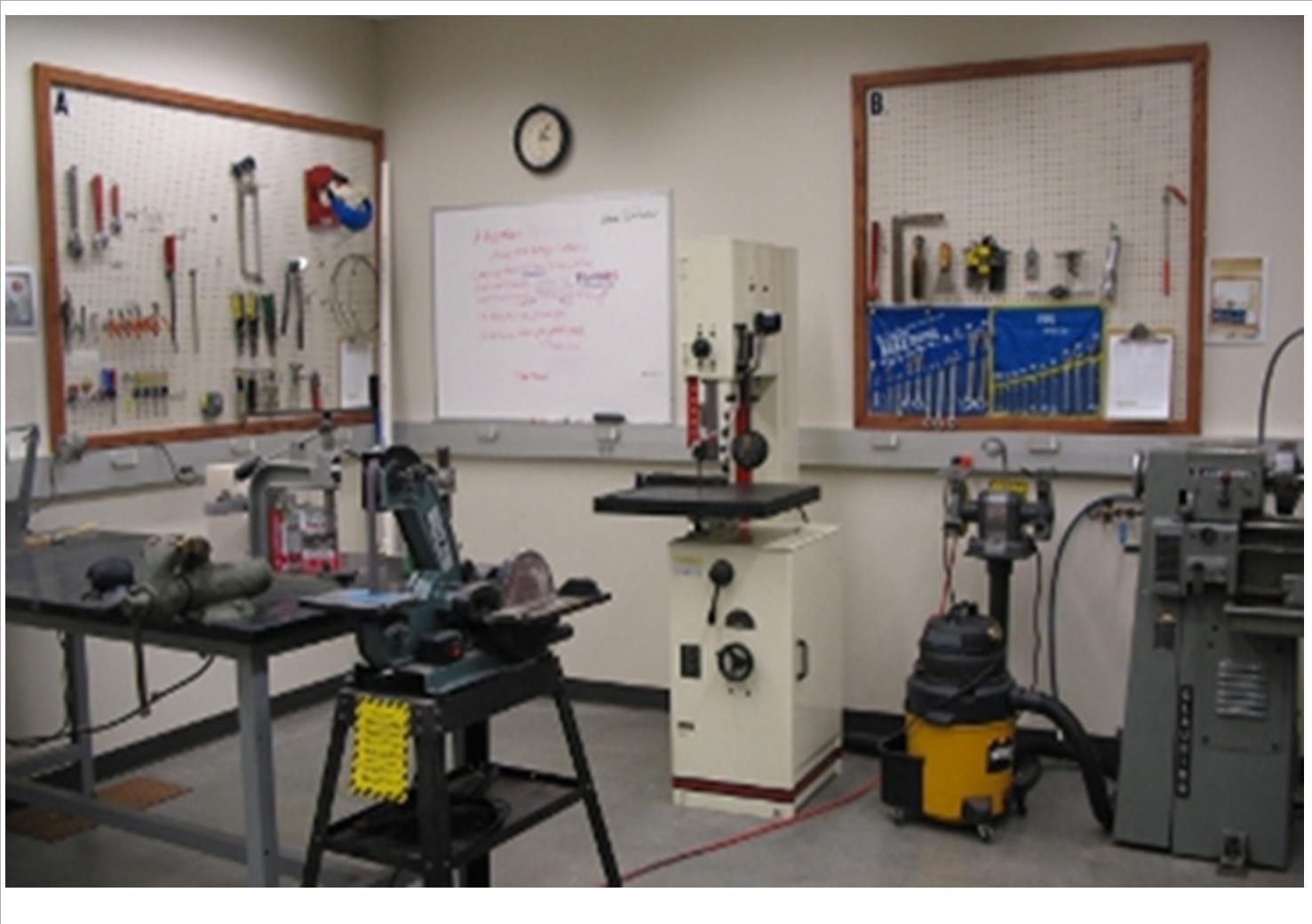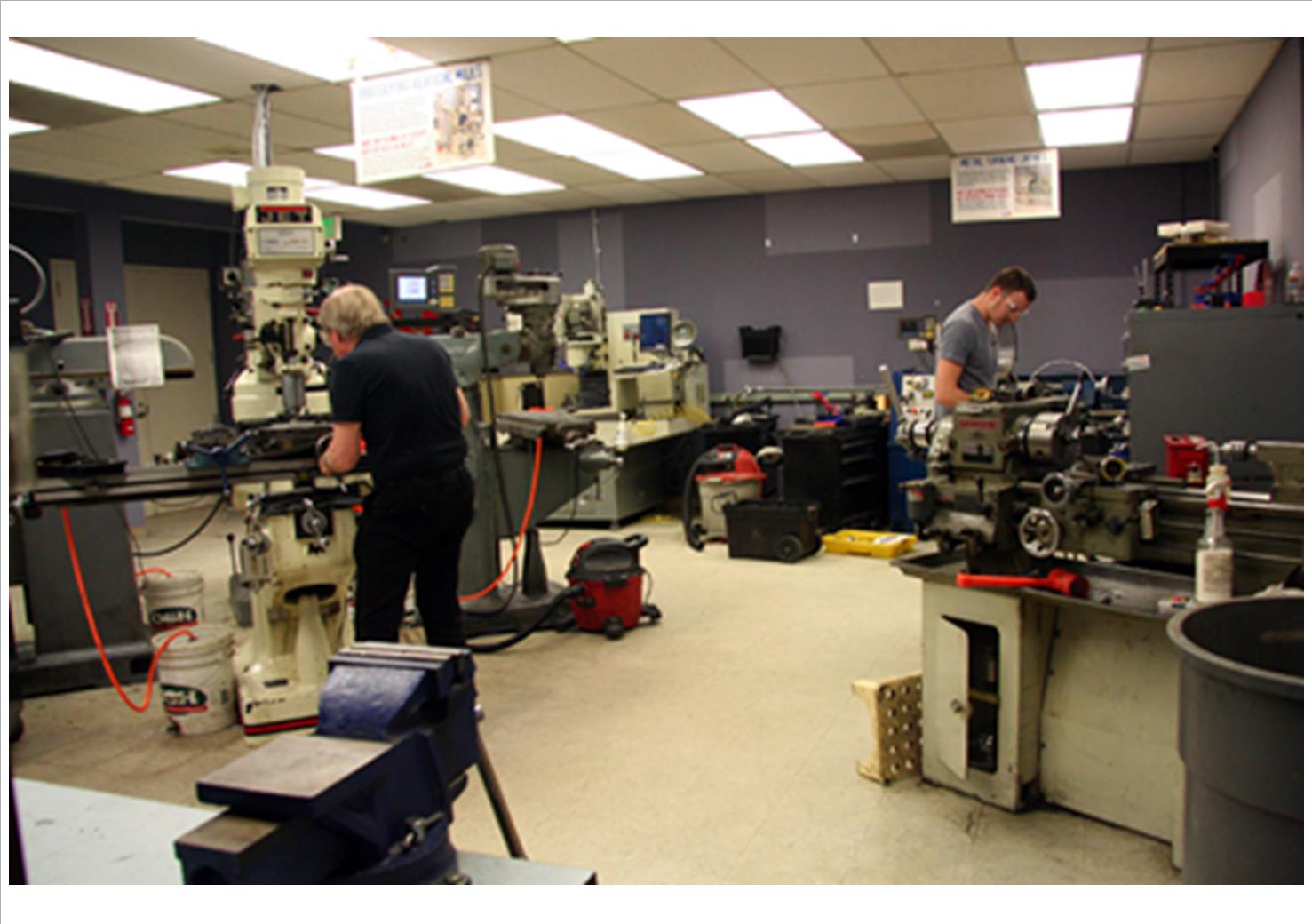'Hands-on Help for SMEs' and Smart Technical People'
The Director's Cut!
Growing Your Machine Shop Business
Industry Best Practice Examples
Drive the development, improvement and growth of your business with proven ideas for success
Growing Your Machine Shop Business
This industrial best practice example comes courtesy of www.thomasnet.com. Small manufacturing firms, machine shops and job shops can benefit from proven ideas to progress and grow. By developing a structured plan based on business and technology improvement, it is possible for your manufacturing company to thrive. Why not adapt and tailor these points to benefit your business?
10 Tips for Growing Your CNC Machining Business
Starting a new business can be a challenging endeavor,
especially if the entrepreneur is entering a crowded market with large,
well-established competitors already in place. Small CNC machine shops
face hurdles similar to those of other small businesses, and, like their
non-industrial counterparts, have the same potential for securing contracts and
growing within the industry despite these obstacles. Here are some tips and
suggestions that may help in establishing or expanding your small CNC
shop. For even more tips to help grow your business, check link below:
1 Develop Partnerships:
For many
start-up machine shop owners, the early days can be an uncertain time in which
numerous concerns, such as volume expectations, client lists, or even floor
plans, have yet to be resolved. In these circumstances, existing friendships
and business connections can be valuable assets. Whether having friends steer
clients in your direction, enter into partnerships, or simply provide advice on
business practices, relying on your current connections can give you a useful
leg-up.
2 Target Your Segment of the Marketplace:
It is generally a good practice to focus on the specific types of purchasers that will buy your products at the best volume rate. For example, if your shop specializes in producing gear shafts with a diameter under five inches, try to establish relationships with companies that purchase this product at a rate favorable to your production cycle and turnover. Targeting your market niche will help you make the best use of your specialty. A good example of a company who targets a niche market is Fanuc spares. They focus only on this specific manufacturer and specialize only in replacement parts. This proved to be a very successful model for what may seem like a limited market. Another marketing method is leveraging, emerging technologies such as the internet and social networking can help leverage your shops visibility in both search engines and online helping reach people near and far.
3 Don’t Rush to Expand:
Purchasing machines that are not yet cost-efficient or enlarging facilities
without the staff needed to maintain them can slowdown revenue growth and
actually hinder long-term expansion. In many cases, it may be better to
concentrate on making steady gains rather than giant leaps forward, as even a
small shop with fewer than a dozen machines or employees can still meet or
exceed the national productivity average.
4 Diversify According to Demand:
While it’s usually a bad idea to take on a job outside the capabilities
of your shop, new projects that seem within reach and will provide a
cost-efficient result can be a helpful way to diversify your operations. If,
for example, a lathing shop has the training and funds to undertake a
profitable milling or plastic fabrication contract, then the resulting
diversity can help provide sustainable growth even during periods when one
sector of the market is on a downswing.
5 Remain Open to New Technology:
Even
though a new technical innovation can be costly in terms of additional training
and initial set-up, recently-developed equipment may have a positive long-term
effect by simplifying production methods or providing the means to accomplish
tasks that were once considered impractical. New technology can sometimes help
a business remain competitive, especially if the innovation gains widespread
notice.
 |
 |
6 React to Your Competition:
Being
aware of your main competitors is a valuable practice under most circumstances,
particularly in times of economic volatility. For example, market fluctuations
can cause a slowdown in commercial manufacturing, while leaving military
production relatively unchanged (and vice-versa). In this case, competitors
from one side of the spectrum may bring their operating standards to the other,
forcing companies to accelerate their production rates or lower prices in order
to maintain market share.
7 Be Flexible in Multi-Stage Processes:
Companies
that combine both internal fabrication and machining
operations can often save time or money by acquiring equipment that
incorporates secondary work into its primary function. For example, using a
cutting laser can often reduce the need for post-fabrication finishing, such as
smoothing or evening edges.
8 Integrate Your Operations:
While
vertical or horizontal integration is beyond the reach of many small CNC
businesses, it may still be helpful to bring as much of the manufacturing
process in-house as you can. Streamlining measures, such as organizing a
production schedule around a machine shop’s in-house capabilities or
prioritizing jobs based on your own production center rather than an external
supplier’s availability, can help smooth workflow and ultimately improve
output.
9 Initiate Scalable Growth:
In many
cases, successful business growth is not dependent on the size of the products
being manufactured, but on the depth of the fabricating process. It can be
beneficial to evaluate the services or products you provide to your customers,
and see if you can expand the reach of those services. For example, if you are
producing steel tubing for your purchasers, see if you can also provide them with
the fasteners used to join these components together. Securing more expansive
contracts from within existing relationships can be a secure and scalable
method of growth.
10 Step-by-Step Value Addition:
CNC Machining is
essentially a multi-staged process in which there is the potential for
value-added work at each stage. Consequently, a shop’s potential for expanding
its business largely depends on how many of those value-added steps it is able
to perform. A small business seeking to expand can evaluate its manufacturing
strengths and take advantage of any opportunity to insert itself into a
value-added production stage. This approach, coupled with gradual service
integration and streamlining, can be a valuable way to expand your small CNC
business.
 |
 |
Back to Machine Shop Essentials











